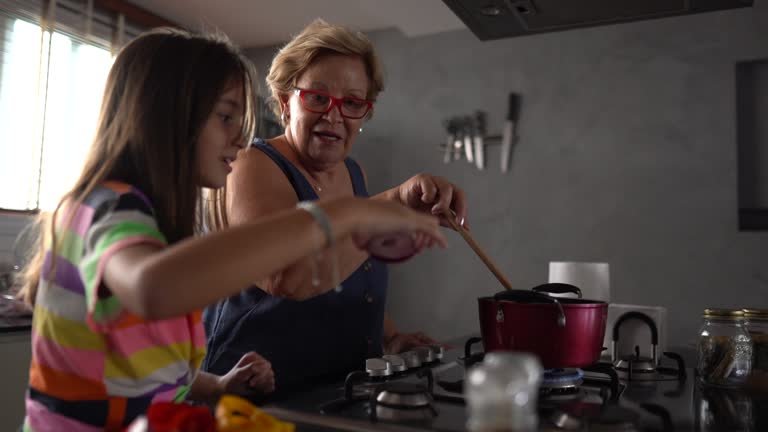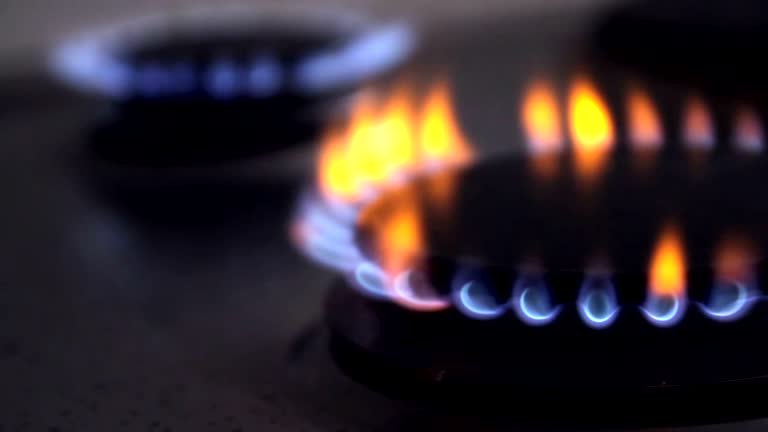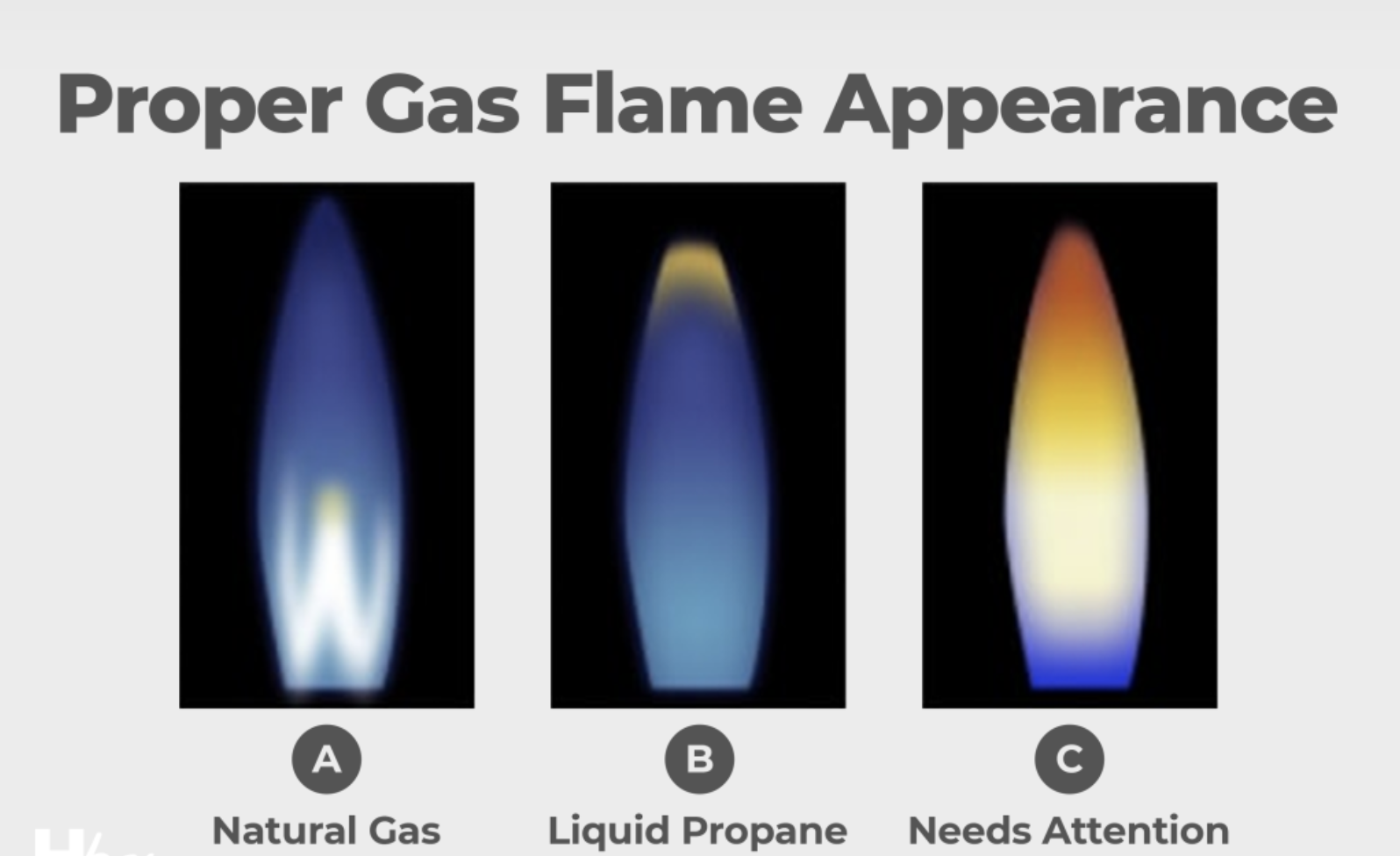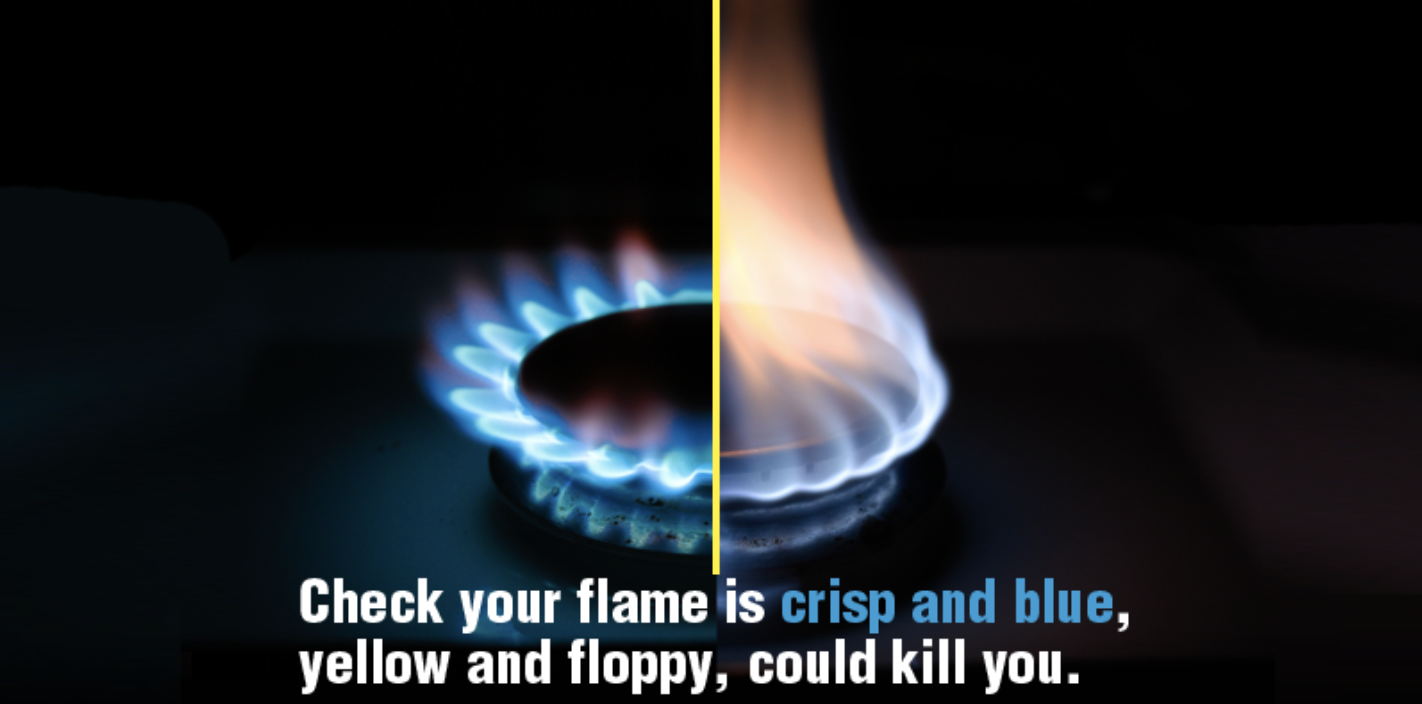
- calendar_month November 5, 2024
- folder Community Engagement
Sharing Tags
Energy Efficiency, Gas Appliances, Gas Flame Color, Home Maintenance, Home Safety Tips, Homeowner Tips, JohnHart, JohnHart Real Estate, Nathan Derry, Nathan Derry Healthy Living, Nathan Derry JohnHart, Nathan Derry Real Estate, Nathan Derry Realty, Nathan Derry Recommends, Nathan Derry Tips, Nathan Derry, JohnHart Real Estate, Natural Gas, Real Estate Tips

Hi, I’m Nathan Derry with JohnHart Real Estate, and today, let’s dig into a topic most homeowners don’t think about: the gas that powers your home. You might be wondering if all natural gas is the same. You’ve probably seen flames that vary in color and intensity, from the steady blue flame on your stove to the occasional orange flicker. What causes these changes? Let’s break it down.
Is All the Gas in Your Home the Same?

Most residential gas comes through pipelines as natural gas, which is primarily methane. This gas is largely standardized in terms of purity and pressure by the time it reaches your home. However, there can be slight differences in the specific composition due to sourcing, pipeline infrastructure, or even weather changes, which might affect your gas pressure and flame characteristics.
Why Do Some Flames Burn Hotter?

The primary factor that influences how hot the gas burns is its purity. Methane burns at a very consistent temperature, but any slight impurities or variations—such as small amounts of propane or other hydrocarbons—can slightly increase or decrease the heat. Additionally, if the gas pressure fluctuates due to demand surges (say, on a particularly cold day when everyone’s heating up their homes), this can also impact how hot your flame burns.
Why Are Flames Different Colors?

You’ve probably noticed that most flames on a gas stove are blue. A blue flame is actually a sign of a clean, efficient burn, which means there’s plenty of oxygen mixing with the gas. This is ideal, as it’s more fuel-efficient and produces fewer emissions.
However, if you see orange or yellow flames, it usually means there’s an imbalance in the air-to-gas ratio. This could be due to:
- Dirty burners: Dust, debris, or residue can disrupt the proper mixing of gas and air.
- Low gas pressure: When pressure dips, the flame may not get enough oxygen.
- Improper ventilation: Lack of airflow can also create an oxygen-poor burn.
An orange or yellow flame might look warm and inviting, but it’s actually less efficient and could produce more carbon monoxide, a dangerous byproduct. If you’re seeing this often, it might be worth having your gas appliances checked to make sure they’re vented and cleaned properly.
Why Does This Matter?

As a homeowner, knowing how your gas functions can help you troubleshoot issues, optimize efficiency, and keep your household safe. If you’re shopping for a home, it’s helpful to check the quality and maintenance of gas appliances. After all, understanding your home’s utilities can save you time and money—and even prevent potential hazards.
Whether you’re heating your home or cooking up a storm in the kitchen, a blue flame means your gas is burning clean and strong. For more tips on household essentials and what to watch for when buying or maintaining a property, keep following!
Keep those flames burning bright—and blue!
All the best,
Nathan Derry, JohnHart Real Estate

📍JohnHart Real Estate
📞(424) 303-0440
📧 nathan@jhagents.com
👨🏽💻 itsnathanderry.com
You deserve the opportunity to work with an ethical agent. Please give me a call today and let’s discuss your unique needs.
Interested in seeing a property or one of my off market properties in person? Contact me today! Who you hire matters!!!
Ready to make the best move of your life… let’s chat today!
